(Page créée avec « The "large size" handle is an additional handle added to the daba handle. This allows the size of the tool handle to be adjusted to suit the user's needs. ») |
(Page créée avec « Using a piece of cloth soaked in linseed oil, run the cloth over the pieces of bamboo that have already been sanded. This will protect the bamboo from damp and mould. ») |
||
| (5 révisions intermédiaires par le même utilisateur non affichées) | |||
| Ligne 61 : | Ligne 61 : | ||
| − | - | + | - Take a piece of bamboo with a smaller diameter and insert the end of the handle inside the handle attached to the daba. |
| − | - | + | - Next, drill a cross-hole in both sleeves and insert a dowel. |
| − | + | The trunnion can be removed or replaced if you want to unhook the "large" handle from the other one. | |
| Ligne 75 : | Ligne 75 : | ||
}} | }} | ||
{{Tuto Step | {{Tuto Step | ||
| − | |Step_Title= | + | |Step_Title=Finishing touches |
| − | |Step_Content= | + | |Step_Content=Sand the handles with sandpaper |
| − | + | Using a piece of cloth soaked in linseed oil, run the cloth over the pieces of bamboo that have already been sanded. This will protect the bamboo from damp and mould. | |
|Step_Picture_00=Daba_images-4.jpeg | |Step_Picture_00=Daba_images-4.jpeg | ||
|Step_Picture_01=Daba_1297909_1.jpg | |Step_Picture_01=Daba_1297909_1.jpg | ||
Version actuelle datée du 7 août 2024 à 12:51
Description
A tool of African origin used by farmers, which can be used in Europe for gardening (weeding, ploughing, etc.).
Introduction
The Daba offers a solution to help gardeners. Depending on its intended use, the handle can be long and straight, for high crops, or short with a bent end, for crouching work. The blade is flat and perpendicular to the handle. The daba is used indiscriminately for ploughing, aerating the soil or harvesting, or for making various cuts.
Easy to handle, the handle is adjustable to fit all sizes of user, to avoid health problems (back pain, bad posture, etc...).
Étape 2 - Attach the blade to the bamboo handle
Drill a hole across and perpendicular to the end of the bamboo handle. Then drill a second hole across and perpendicular to the daba blade.
Next, insert a wooden dowel into the hole to secure the blade to the handle.
Étape 3 - Making the "large" handle
The "large size" handle is an additional handle added to the daba handle. This allows the size of the tool handle to be adjusted to suit the user's needs.
- Take a piece of bamboo with a smaller diameter and insert the end of the handle inside the handle attached to the daba.
- Next, drill a cross-hole in both sleeves and insert a dowel.
The trunnion can be removed or replaced if you want to unhook the "large" handle from the other one.
Étape 4 - Finishing touches
Sand the handles with sandpaper
Using a piece of cloth soaked in linseed oil, run the cloth over the pieces of bamboo that have already been sanded. This will protect the bamboo from damp and mould.
Draft
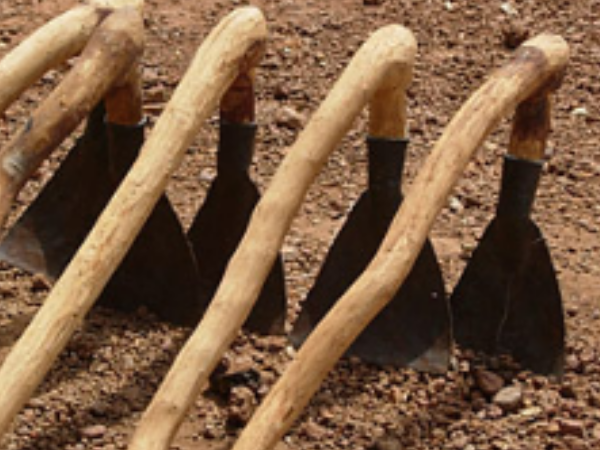
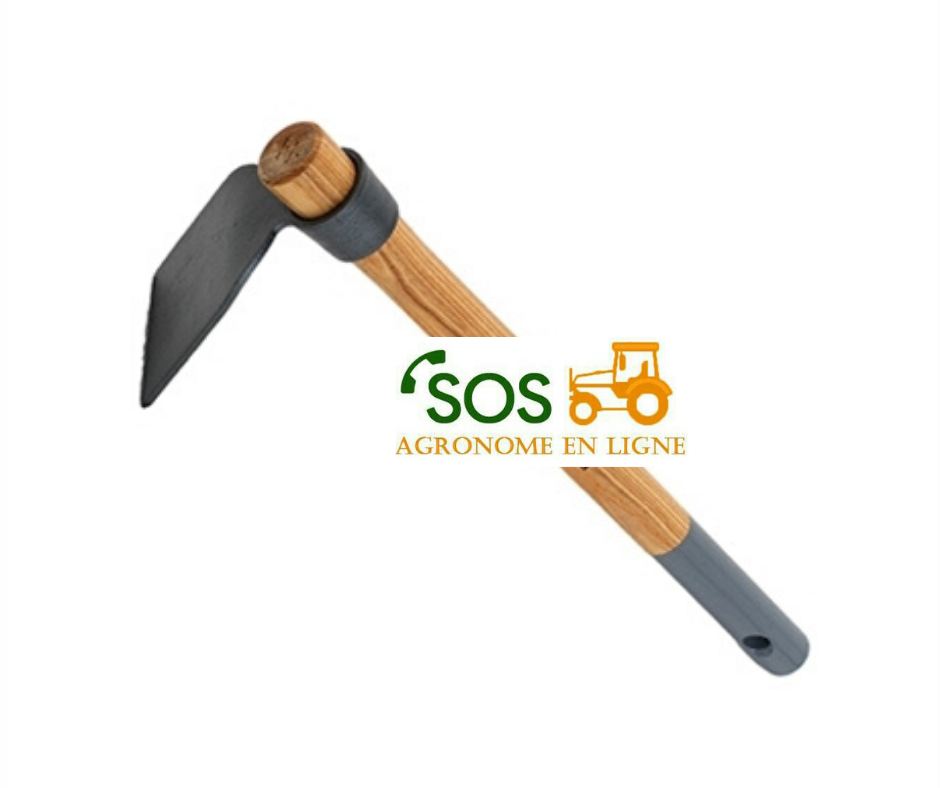
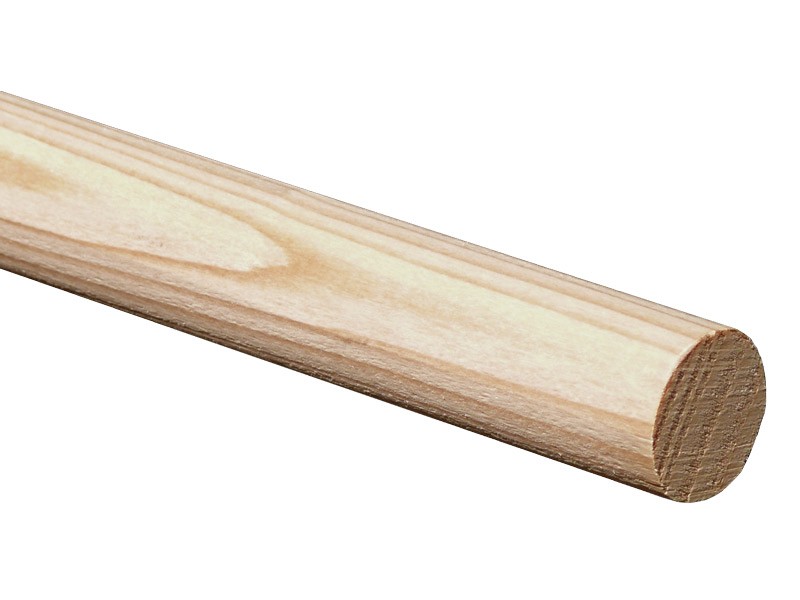
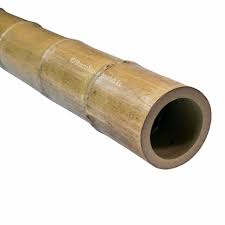
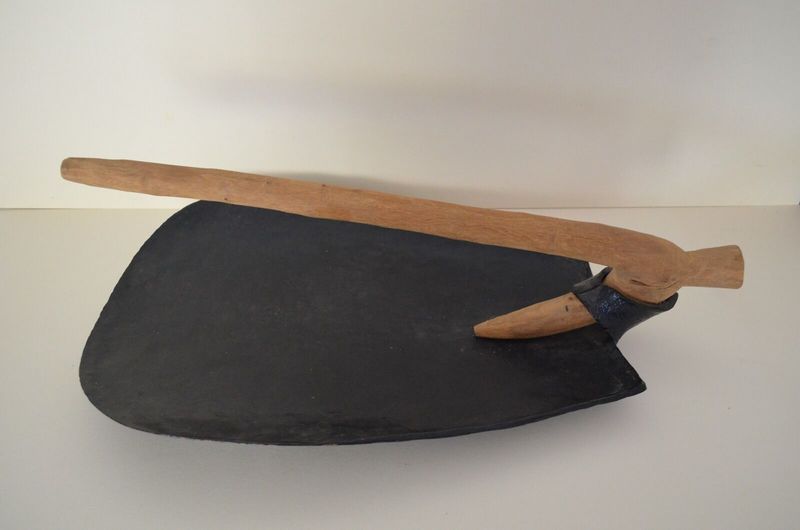
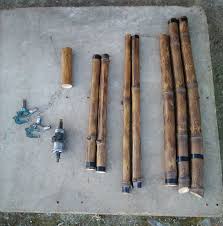
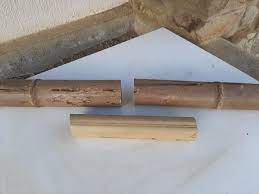

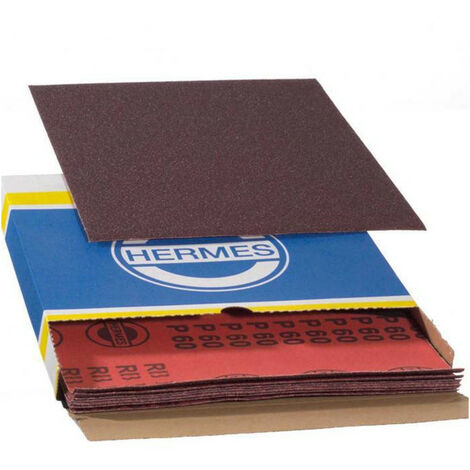

 Français
Français English
English Deutsch
Deutsch Español
Español Italiano
Italiano Português
Português